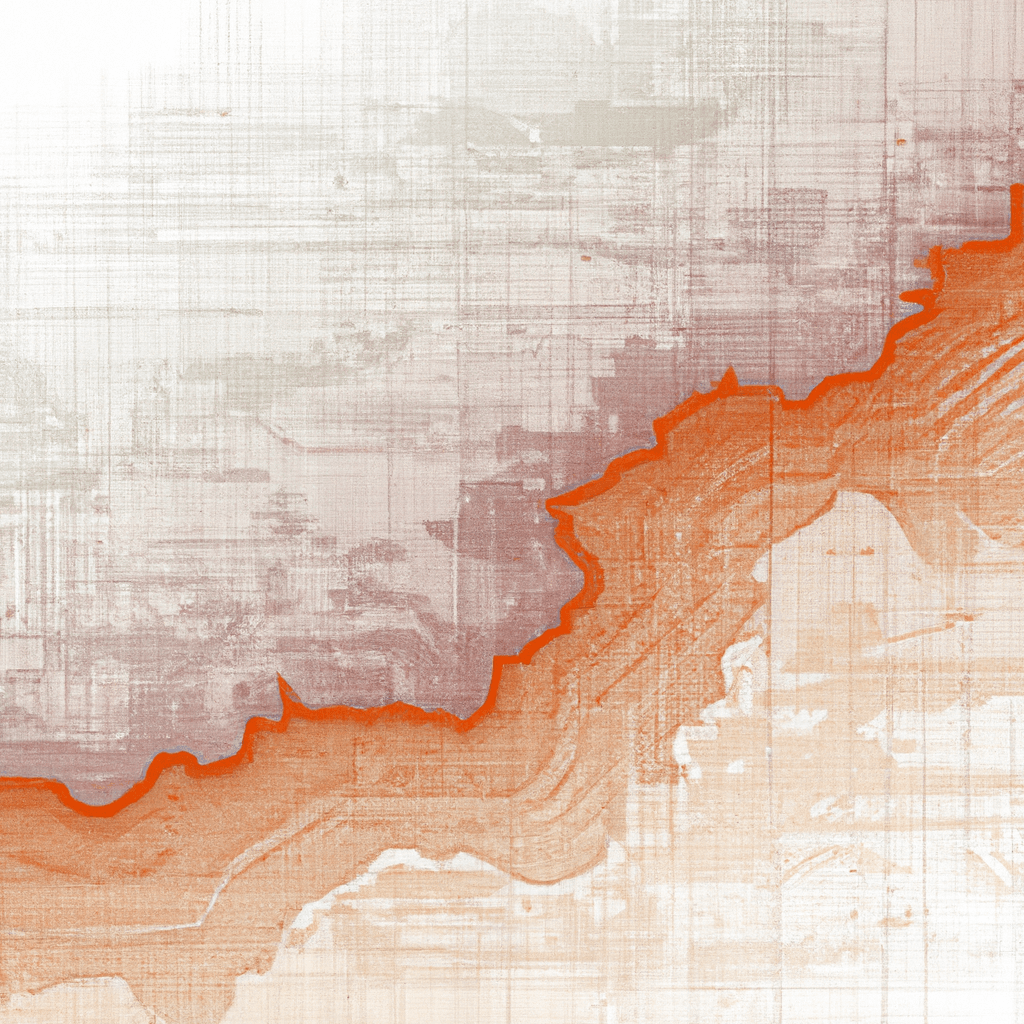
Understanding Chart Patterns for Options
Welcome to the world of options trading, a place where chart patterns are the bread and butter of any successful trader. These patterns, like the constellations in the night sky, can guide you on your trading journey, helping you predict future price movements and make informed decisions. If you're new to this, you might want to check out our beginner's guide to understanding options trading.
What are Chart Patterns?
Chart patterns are like the footprints of market psychology. They are formed by the price movements of an asset over time and can be identified on a trading chart. They are the visual representation of the supply and demand of an asset and can provide clues about future price movements. For a more detailed dive into chart patterns, you might want to visit Investopedia's guide to chart patterns.
Types of Chart Patterns
There are several types of chart patterns that traders use in their technical analysis. Some of the most common ones include the head and shoulders, double top and bottom, and triangles.
For instance, the head and shoulders pattern, which looks a bit like a lopsided mountain range, is often a signal of a reversal in the trend. On the other hand, a double top pattern, which resembles the letter 'M', can indicate that the price of an asset is set to fall. If you're interested in learning more about these and other patterns, our comprehensive guide to technical analysis in options trading is a great place to start.
How to Use Chart Patterns in Options Trading
Chart patterns can be a powerful tool in your options trading arsenal. By identifying these patterns, you can get a sense of where the market might be heading, helping you to choose the right options strategy. For example, if a chart pattern suggests that the price of an asset is likely to rise, you might consider buying a call option. If you're still wondering why trade options, our article on the benefits of options trading might give you some insights.
Limitations of Chart Patterns
While chart patterns can be incredibly useful, they're not a crystal ball. They can't predict the future with 100% accuracy and should be used in conjunction with other trading strategies and tools. For instance, technical indicators like MACD and RSI can provide additional insights into market trends and momentum. You can learn more about these and other indicators in our article on technical indicators for options trading.
In conclusion, understanding chart patterns is a crucial part of successful options trading. They can provide valuable insights into market trends and potential future price movements. However, they should be used as part of a broader trading strategy, alongside other tools and techniques. If you're ready to take the next step in your options trading journey, our guide on the first steps in options trading is a great place to start.
Remember, the world of options trading is like a vast ocean, and chart patterns are just one of the many navigational tools at your disposal. So keep learning, keep exploring, and most importantly, have fun on your trading journey!
References: